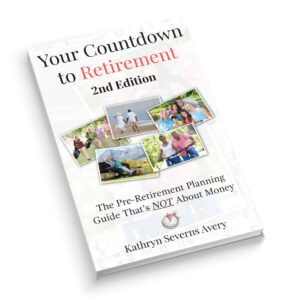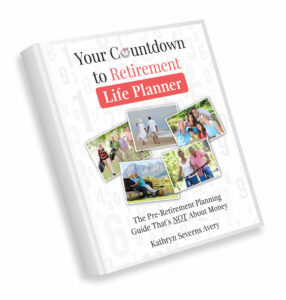It's Not Just About the Money!
I Got Rhythm
-
Author : Your Countdown to Retirement
Date : May 6, 2016
Category : Redefining Retirement
Comments : 0
Like : 0
For the first three months of retirement, it seemed that my husband, Chris, and I were constantly out of sync. When one was up emotionally, the other was down. When I wanted to worked on a plan for what to do with the next three months, Chris’s resistance to goal setting would kick in and he would not want to work on the plan. This emotional seesaw was difficult to deal with and led to frustration on both our parts.
We did things that were important to us, such as exercising. But we worked out at different times during the day depending on when we got up and if we watched the morning news programs. On days we worked out at 10 or 10:30 a.m., I found myself irritated that by the time we were finished, drove home, and showered, it was noon. The rest of the afternoon quickly passed by and by dinner time we would look at each and ask “Where did the day go?” followed by “I didn’t get anything done!”
During this phase, each day melded into the next. What we quickly realized was we lacked rhythm in our days. The “endless weekend” didn’t work for us. We needed structure – especially we wanted to be in sync with our non-retired friends and family.
We chose to evolve our daily routine from things that are important to us: health, a sense of purpose and contribution, alone time, and the businesses or other form of “work” we wanted to pursue in retirement. We also decided to spend the hours between 9 and 5 either working on personal projects (such as writing, practicing musical instruments, researching topics of interest) or business endeavors (managing investments, pursuing business ideas, or looking for seasonal work.)
In retirement, just as when we were working, getting up and exercising first thing in the morning works best for us. With our workout completed, we shower and then go on to do other things. We also chose to have dedicated exploration and relaxation days. On exploration days we take day trips to see and experience things we didn’t have time for when we were employed. On relaxation days we do just that – relax with no agenda.
Creating structure improved all aspects of our retirement experience by soothing the subtle, yet real, anxiety that uncertainty and lack of structure create. Finding our way during this first year of retirement takes effort. The familiar routines of the 40 hour work week are helpful, even our “work” is a personal project or managing our affairs. Now that retirement looks more like work (but with infinite flexibility) we’re both happier.





